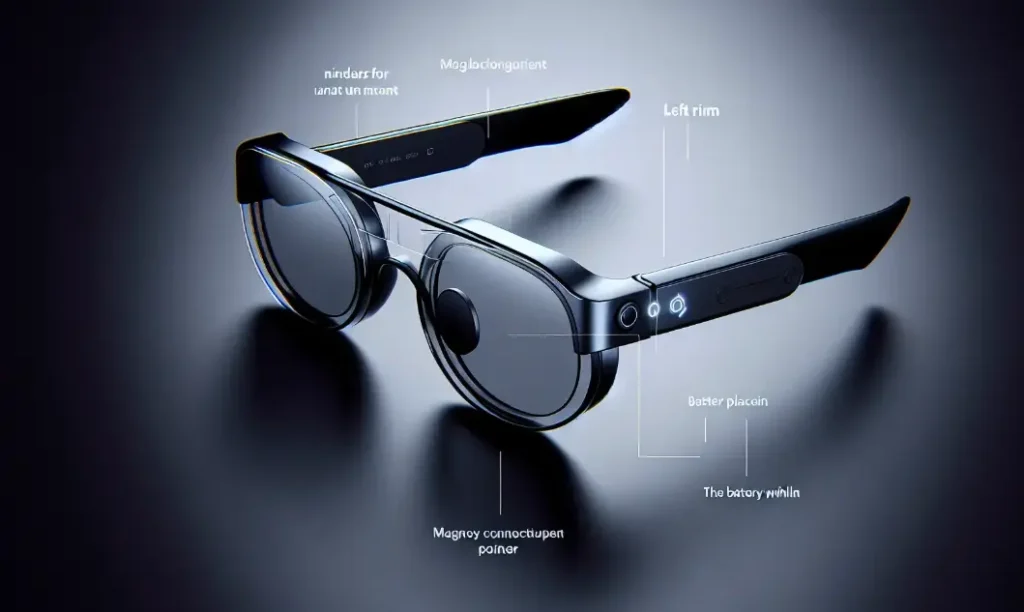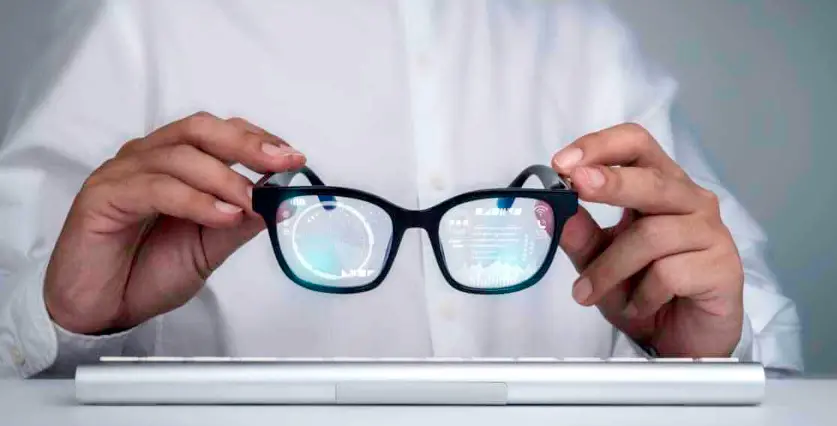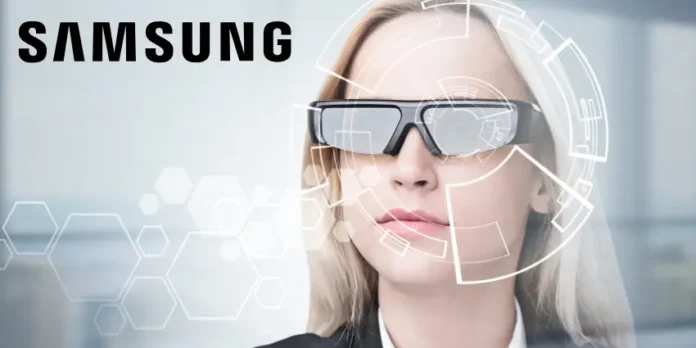Samsung Smart Glasses mark the beginning of the post-smartphone era. Launching AI glasses in 2026 and AR glasses in 2027, Samsung aims to replace daily smartphone use with intelligent, lightweight wearables that integrate AI assistants, immersive overlays, and advanced safety features for connected living.
KumDi.com
Samsung Smart Glasses represent the next revolution in personal technology, signaling the start of the post-smartphone era. With AI-powered glasses arriving in 2026 and advanced AR models in 2027, Samsung is reshaping how people interact with the digital world—hands-free, immersive, and smarter than ever.
Table of Contents

A World Beyond Smartphones
The smartphone has dominated our digital lives for more than a decade, but the next wave of innovation is already taking shape. Industry leaders are preparing for a world where lightweight, AI-powered wearables replace the constant need to hold and tap a phone. Samsung is positioning itself at the center of this transition with a bold multi-phase smart glasses strategy.
First Generation: AI Glasses in 2026
Samsung’s first step will be the release of AI-powered smart glasses in late 2026. These will not feature an augmented reality display. Instead, they will prioritize simplicity and everyday use: built-in cameras, microphones, speakers, and a voice-driven AI assistant.
The glasses will allow users to take photos, record videos, ask questions, and receive audio responses hands-free. They are designed to be discreet, lightweight, and comfortable—ideal for daily wear without the bulk of VR headsets.
Second Generation: Augmented Reality in 2027
The company’s long-term ambition lies in its second generation smart glasses, expected in 2027. This model will integrate full augmented reality overlays, projecting navigation, translations, notifications, video calls, and contextual information directly into the user’s field of view.
With support from advanced AI platforms and ecosystem partnerships, these AR glasses could eventually replace many functions of today’s smartphones.
Safety First: Adaptive Beamforming Technology
Samsung’s patents reveal a strong focus on user safety. Future versions of the glasses will feature:
- Adaptive beamforming microphones that detect critical ambient sounds such as cars, alarms, or voices.
- Risk classification systems that determine the level of danger and deliver alerts through audio, visual, or haptic feedback.
- Battery optimization by activating only the sensors needed for specific situations.
- See-through modes that instantly restore full real-world vision when hazards are detected.
This safety-driven design sets Samsung apart in the wearables race, making environmental awareness a core feature rather than an afterthought.
Competing Visions: Apple, Meta, and Beyond
The smart glasses market is shaping up to be a high-stakes battle.
- Apple is focusing on comfort and visual fidelity with modular frames, precision optical calibration, and seamless AR alignment.
- Meta is betting heavily on lifestyle integration, investing billions into fashion-friendly designs like Ray-Ban smart glasses.
- Other competitors—including HTC, Google, and eyewear giants—are preparing their own launches around 2026, setting the stage for a crowded marketplace.
What It Means for Consumers
- 2026: First-generation AI glasses launch with a focus on convenience and daily wear.
- 2027: Full AR smart glasses arrive, introducing immersive overlays and richer functionality.
- Samsung’s Edge: Safety-oriented design and AI integration.
- Apple’s Edge: Comfort, precision, and premium user experience.
- Meta’s Edge: Style partnerships and mass-market appeal.
The Future of Personal Tech
The race toward smart glasses is more than a hardware competition—it represents a fundamental shift in how humans interact with technology. Samsung’s two-phase roadmap signals the beginning of the post-smartphone era, where digital tools blend seamlessly into everyday life without the need to reach into a pocket.
The next few years will determine not only which company wins the smart glasses race but also how we define the future of connected living.

FAQs
What are Samsung Smart Glasses and why are they important?
Samsung Smart Glasses are AI and AR-powered wearables designed to replace traditional smartphones. Their importance lies in reshaping digital interaction, offering hands-free access to smart features, and leading the shift into the post-smartphone era.
When will Samsung Smart Glasses be released?
Samsung Smart Glasses are expected in two phases: AI smart glasses launching in 2026, and advanced AR glasses arriving in 2027. These releases mark Samsung’s entry into the competitive wearable market and the beginning of the post-smartphone era.
What features will Samsung Smart Glasses include?
The first-generation AI smart glasses in 2026 will include cameras, microphones, speakers, and an AI assistant. By 2027, AR glasses will add immersive overlays such as navigation, translations, notifications, and video calls, redefining daily life in the post-smartphone era.
How are Samsung Smart Glasses different from Apple or Meta?
Samsung emphasizes safety and everyday usability with features like adaptive beamforming, while Apple focuses on comfort and visual fidelity. Meta prioritizes fashion and lifestyle integration. Together, they represent different approaches to the smart glasses and post-smartphone era.
Will Samsung Smart Glasses replace smartphones completely?
Samsung Smart Glasses are designed to gradually reduce reliance on smartphones. While they won’t replace phones instantly, their AI and AR capabilities aim to become a primary tool for communication, productivity, and entertainment in the coming post-smartphone era.




